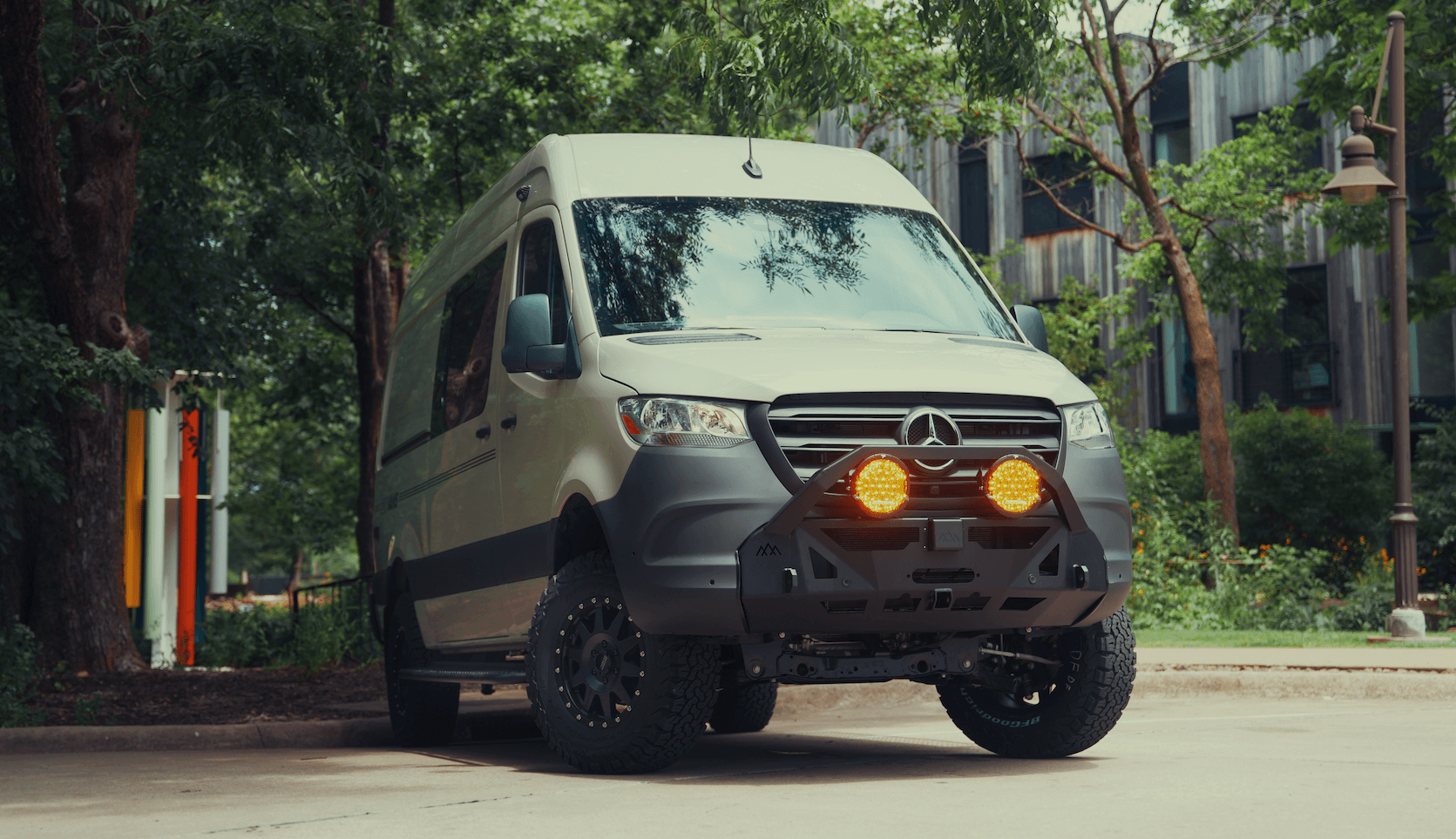Recreational Vans

A heater exhaust silencer quiets the high velocity pulse of combustion gases leaving a small air heater by converting acoustic energy into heat and by disrupting pressure waves. Most designs combine a perforated core that guides flow with sound absorbing packing that soaks up broad band noise. Others add internal chambers that reflect and cancel specific frequencies.
Because air heaters move a relatively small mass of gas, their exhaust systems are sensitive to added restriction. A well chosen heater exhaust silencer will lower sound without crossing the manufacturer backpressure limit. Expect a reduction in the range of six to twelve decibels at one meter in free field conditions, with system layout and mounting location playing a large role.
The housing and internals need to tolerate continuous high temperatures and moisture. Stainless steel resists heat and condensation better than mild steel, and marine environments often favor 316 stainless for added corrosion resistance. Absorptive packing materials must be temperature stable, commonly stainless steel wool or high temp glass fiber.
In compact cabins the ear perceives sound differently than in open air. Short rigid mounts can transmit vibration into the body structure and amplify tonal content. Placing the silencer close to the heater outlet reduces shell radiation, while isolating hangers can keep structure borne noise from creeping inside.
Start with outlet size and the manufacturer backpressure limit. The silencer core should have equal or greater flow area than the exhaust tube to keep velocity and restriction in check. On small heaters, sharp turns, tight corrugations, and undersized silencers stack resistance quickly.
Material selection depends on exposure. For road salt or sea air, stainless throughout the shell, core, and fittings prevents early failure. Heat discoloration is normal, but scaling and pitting signal condensation or contamination issues. Where sparks are a concern, a spark arrestor screen upstream of the silencer can catch embers without acting like a plug.
Condensation forms as hot gas cools in the tubing. If water collects inside the canister it can drown the packing, rattle during starts, and accelerate corrosion. A weep hole or dedicated drain at the low point can protect the packing and prevent freeze blockages in winter.
Vibration and motion shorten service life when components lack support. A silencer with welded hangers or tabs simplifies mounting to a bracket. Flexible sections between the heater and the canister reduce stress on the heater flange.
Map the route with gravity and heat in mind. Aim for a continuous downhill run so condensate flows out rather than back toward the heater. Keep the exhaust away from fuel and wiring, and shield nearby components that could be affected by radiant heat. Maintain clearances to the ground, tires, and body plastics.
Mount the silencer with isolation where possible. Rubber lined P clamps or dedicated isolators help decouple shell vibration from the chassis. Orient any drain at the lowest point and reachable for periodic checks. Where the exhaust exits, consider plume direction to avoid scorching grass, snow melt trenches near camp, or soot marks on the body.
Every quiet system is tested. After installation, measure sound near the cabin and outside the exhaust tip while the heater cycles through low and high settings. If tone or volume seems off, investigate for leaks, loose clamps, or packing that has settled.
If you want a cabin that rests easy after the trails, a well engineered heater exhaust silencer is essential. The goal is quiet operation without choking airflow or inviting moisture issues. That takes the right canister, careful routing, solid brackets, and a quick way to drain condensate.
OZK Customs integrates heater exhaust systems into full builds and targeted upfits so the silencer works with the entire package. We fabricate stainless mounts, isolate vibration, add drains where they belong, and validate backpressure so the heater breathes freely. If you are planning a complete adventure van, start with our Recreational vans overview, then see how our team executes Custom build vans. Looking for a platform that finances and a quiet, warm interior out of the gate? Explore our Mainstream vans options.
Ready to make your rig calmer on cold nights and confident on summer trips? Share your platform, heater model, and goals. We will design a silencer layout that drops the decibels, drains cleanly, and stays serviceable for the miles ahead.
Ready for a quieter cabin and a clean install you can trust? Our team designs and fabricates heater exhaust systems that stay quiet, safe, and serviceable. Tell us about your platform and goals, and we will map the route, build the brackets, and validate airflow so your heater runs smoothly in every season. Start your custom plan now.
ADDRESS:
6159 E Huntsville Rd, Fayetteville, AR 72701
PHONE:
(479) 326-9200
EMAIL:
info@ozkvans.com